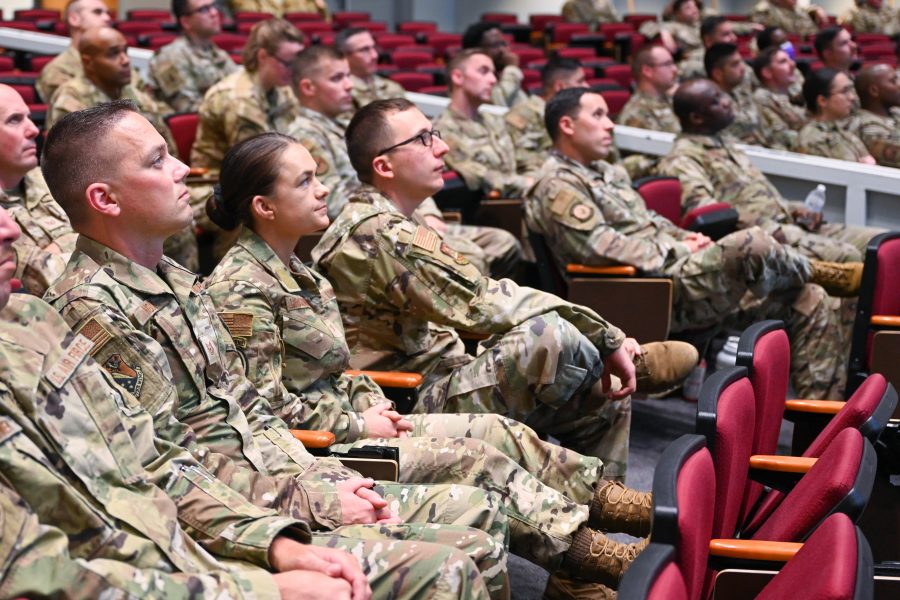The Department of Air Force is asking tens of thousands of Airmen and Guardians to fill out two separate surveys related to its communication efforts and enhancing aircrew retention, it announced March 25.
The Aircrew Engagement Survey will close March 28, while the “Where Airmen and Guardians Get Information” survey will open in the coming week, according to two different releases.
The so-called “WAGGI” survey will be sent to most Guardians and approximately 12,000 randomly selected Air Force military and civilian personnel. The biennial effort aims to help senior leaders understand service members’ information needs, preferences, and trends in their external information sources, which can help leaders communicate more effectively.
“The surveys help us focus on areas where Airmen and Guardians have concerns about how we’re communicating, or where we might be able to reinforce a positive trend,” Dr. Tadd Sholtis, chief of strategy and assessments for Secretary of Air Force Public Affairs, said in a release. “The focus groups give us the best ideas about how they think we should do that. We really need good, thoughtful participation in both to deliver what people need and want.”
Since 2011, the department conducted multiple surveys, with 2022 marking the first year Guardians were considered separately from Airmen. Insights gathered from previous surveys have influenced strategic decisions, including transitioning from print to digital media, refining how senior leaders engage on social media, and formulating communication strategies for the Space Force.
The findings from the 2022 WAGGI stated that while Airmen felt the Air Force is doing a moderate to good job of keeping them informed, Guardians felt communication was not as effective. The sentiment was linked to the volume of pending actions, indicating that communication in the Space Force may have been hindered by the amount of tasks on Guardians.
The 2022 survey recommendations included several call-to-actions for service leaders, such as providing units with more lead time for detailed communication and ensuring urgent messages be shared through accessible channels like meetings, emails, or social media. An Air Force spokesperson told Air & Space Forces Magazine that the service employs a method to track the implementation and progress of these recommendations.
This year’s survey, available for four weeks, is optional and has a section for open-ended comments. Following analysis of the survey data, in-person and virtual focus groups will be conducted at various locations to gather feedback. In 2022, qualitative feedback was gathered from 157 Airmen and 22 Guardians during these sessions. Anonymity is assured for all responses and feedback.
“When we ask people what we can do better as a department or a service, communication is usually toward the top of the list,” Sholtis said. “The WAGGI is a very important tool that gives us solid data and personal perspectives about how to improve our command information plans and products.”
The service is also tackling ongoing pilot shortage issues through then annual Aircrew Engagement Survey, which opened Feb. 15 and was sent to 40,000 Air Force aircrew members with the goal of enhancing retention and facilitating communication with leaders. Brig. Gen. Travolis Simmons, director of training and readiness under the deputy chief of staff for operations said the survey is part of an “enduring force management strategy.”
“By measuring data longitudinally, we expect results to inform recruitment, development, and retention efforts while enabling a more holistic approach to aircrew management,” Simmons said in a release.
Last year’s survey revealed that aviators often left service due to unstable home life, financial concerns, and non-flying duties, which prompted the department to focus on stationing flexibility and boosting incentives. In November, the Department announced upgraded retention bonuses for pilots, which include monetary rewards ranging from $15,000 to $50,000 per year for additional service.

